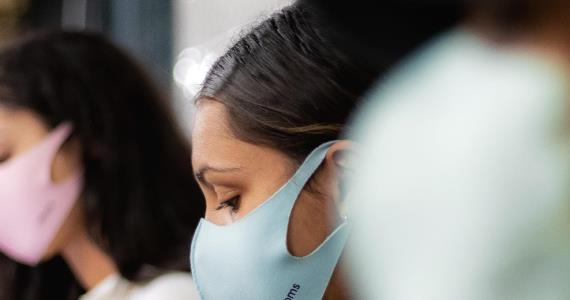COVID-19 Inequities among Hispanics in US Cities

Summary
The COVID-19 pandemic has wide inequities in COVID-19 outcomes that have been reported for racial/ethnic minorities, including Hispanics. Hispanics suffer from specific social vulnerabilities that lead to increased risk of infection, and increased prevalence specific risk factors that lead to increased risk of severe illness. However, the number of confirmed cases in Hispanics may be severely underestimated due to differential coverage of testing by area and population group. Moreover, most preliminary measures of inequities in mortality have ignored the role of the different age structure of racial/ethnic groups.
Research Methods
This project will leverage data on: (1) COVID-19 outcomes by race/ethnicity and neighborhood from the 30 largest cities of the US, obtained from an ongoing project in collaboration with the Big Cities Health Coalition, and corrected for imperfect testing quality and coverage using Bayesian modeling; (2) measures of social inequality at the city and neighborhood level compiled by the NIH-funded DP5OD26429 project; and (3) a diverse set of compilations of state and city-level policies from several policy trackers. By using a heterogeneous sample of cities and a diversity of measures, the project will uncover inequities and predictors of these inequities that will allow for a better of understanding where and why health inequities are wider and whether non-pharmaceutical interventions (NPI) work differentially in Hispanics vs non-Hispanic whites (NHW). This understanding will be key to preventing future waves by reducing overall levels community transmission for all.
Next Steps
Continued viral transmission in specific population subgroups makes the control of the pandemic more challenging for the entire population, and the emergence of future waves more likely. In summary, Hispanics are one of the racial/ethnic groups most impacted by the pandemic and, concurrently, one of the groups least able to benefit from NPI. For the current and future waves of the pandemic, it is imperative to reduce the risk of infection across the population to reduce community transmission. Therefore, understanding where and why health inequities are wider and whether NPI work across different groups is key to preventing future waves by reducing overall levels of community transmission. This project will systematically examine trends and predictors of heterogeneities of health inequities in COVID-19 outcomes between Hispanics and NHW, and between the neighborhoods where they predominantly live, across and within US cities, and the potential unequal effect of NPI in Hispanics vs NHW. This project will leverage data on COVID-19 outcomes by race/ethnicity and neighborhood from the 30 largest cities of the US, corrected for imperfect testing quality and coverage; (2) social inequality measures; and (3) a diverse set of compilations of state-, county- and city-level policies. By using a heterogeneous sample of cities, we will uncover inequities and predictors of these inequities that will allow for more specific targeting of interventions that may prove key in continuing to control current waves of the pandemic and to prevent future waves. We will also demonstrate whether NPI may be less effective in Hispanics or predominantly Hispanic neighborhoods. Since NPI remain the most effective tool for epidemic control, their failure on specific population subgroups represents a hazard for the entire population.
Published Research
Read the results of this research:
Isabel P. De Ramos, et al. “COVID-19 Outcomes Among the Hispanic Population of 27 Large US Cities, 2020–2021”, American Journal of Public Health 112, no. 7 (July 1, 2022): pp. 1034-1044.
Acknowledgements
Research Team:
- Isabel P. De Ramos, MS
- Mariana Lazo, MD, PhD, ScM
- Alina Schnake-Mahl, ScD, MPH
- Ran Li, MS
- Ana P. Martinez-Donate, PhD
- Ana V. Diez Roux, MD, PhD, MPH
- Usama Bilal, MD, PhD, MPH
Funding provided by the National Institutes of Health